Experiential Learning in BSC’s Cadaver Lab
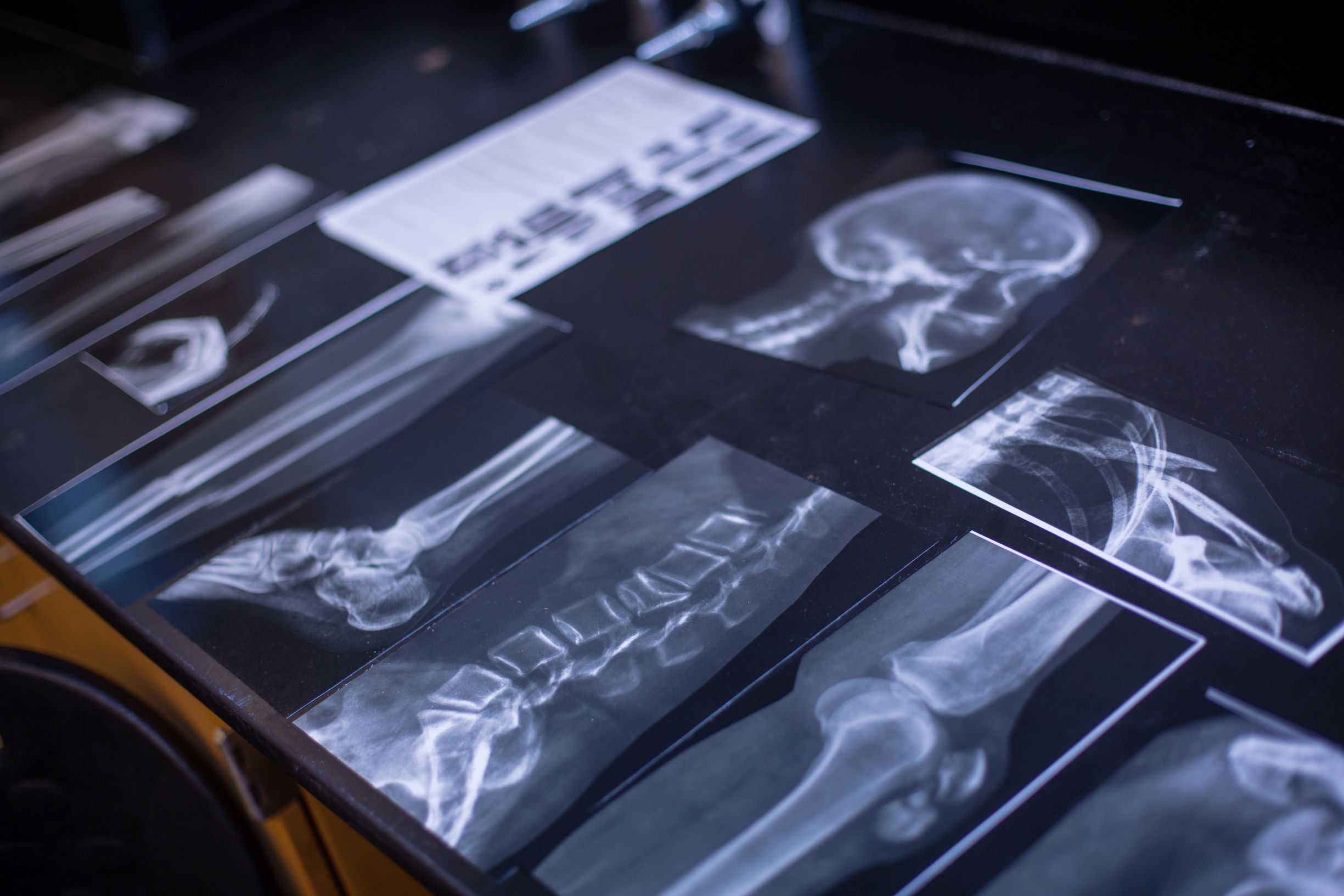
When senior Caroline Johnson was led around the Hilltop by a Southern Ambassador, one special part of campus caught her eye. Not the bell tower or freshly baked cookies in the Caf, but the cadaver lab.
“Ever since I toured at BSC, I have been planning on taking this class,” says Johnson, who is interested in pursuing obstetrics or pediatrics. “I feel like this is a huge recruiting tool for the College. To be able to tell prospective students that this opportunity is available is incredibly unique.”
 The ability to take a course entirely devoted to the cadaver lab was what convinced Johnson to attend BSC, and now, as a senior, she was finally able to take the course.
The ability to take a course entirely devoted to the cadaver lab was what convinced Johnson to attend BSC, and now, as a senior, she was finally able to take the course.
BSC is one of the only undergraduate colleges with a full cadaver lab. President Emeritus Gen. Charles C. Krulak was a strong proponent for experiential learning, and pushed for the funding needed to launch the lab in 2014.
In 2016, Dr. Susan Buckingham took over the program, pairing a course on comparative vertebrate anatomy with the cadaver lab.
The course focuses on dissections of different parts of the body throughout the semester, starting with the muscles and bones in the back and then moving to the intricacies and compact structures found in the inner arm.
“The cadaver lab attracted me to the course,” says senior Steven Won. “I was interested in seeing the evolutionary impact on bone structure and the correlation between vertebrates.”
Won plans to attend medical school, looking for a career as a surgeon in either orthopedics or reproductive endocrinology.
He feels like the difficulty of the course and experience dissecting a human cadaver has well-prepared him for medical school.
Abhishek Purohit ’16, who also utilized the cadaver lab while at BSC, says his appreciation for the experiential learning opportunity grew when he attended the Alabama College of Osteopathic Medicine.
“Compared to my peers in medical school, I knew how to dissect correctly and had a huge advantage in identifying complex anatomical structures. Because of BSC’s cadaver lab, I was able to spend more time on more difficult aspects of medical school,” says Purohit.
Buckingham recognizes how beneficial this lab is to pre-med students, and has been impressed by the work ethic and respect for science that she has seen from her students.
“They are focused and really into it,” says Buckingham. “This is an opportunity for them to spend time now preparing for the future.”
The cadaver lab is housed on the first floor of the Stephens Science Building – with serious security measures. Three locks are used to protect the cadaver.
“Dr. Buckingham emphasizes the need to treat the cadaver with respect, as someone has dedicated their body to science,” says Won.
Johnson also has appreciated the course’s balance of respect for and learning from the cadaver.
“I believe that this course and physiology are two of the most valuable courses a student in pre-health can take,” says Buckingham. “It really helps students stand out.”
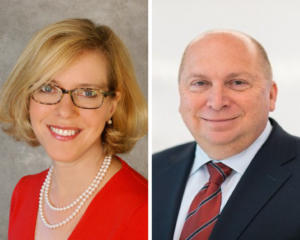
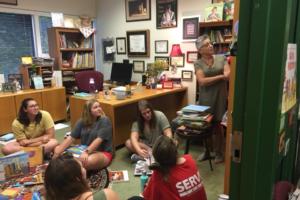
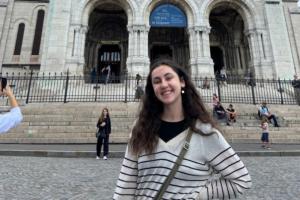
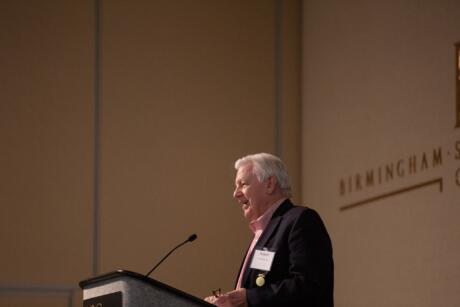
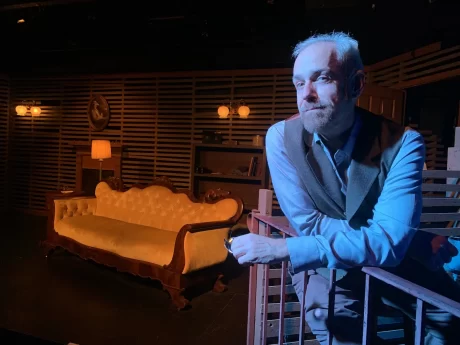
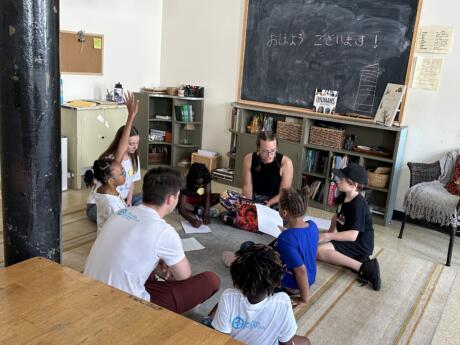
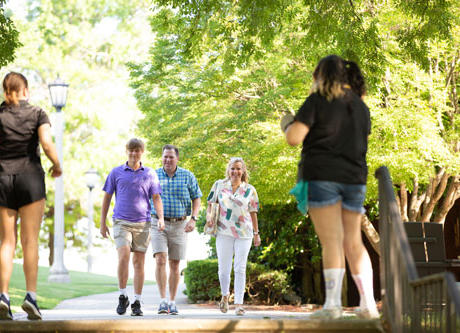
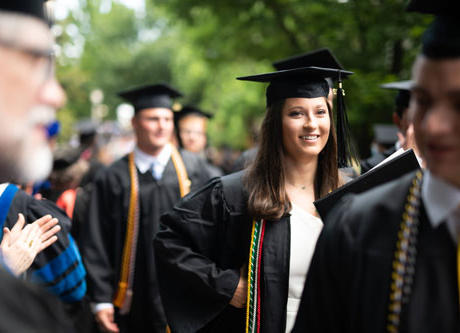
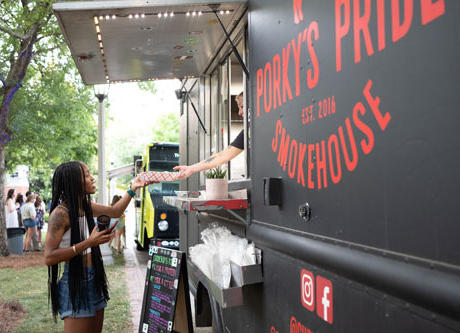
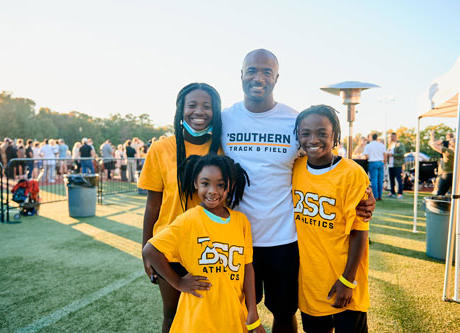
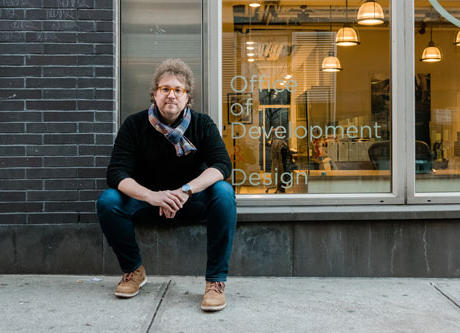
// Comments are closed //